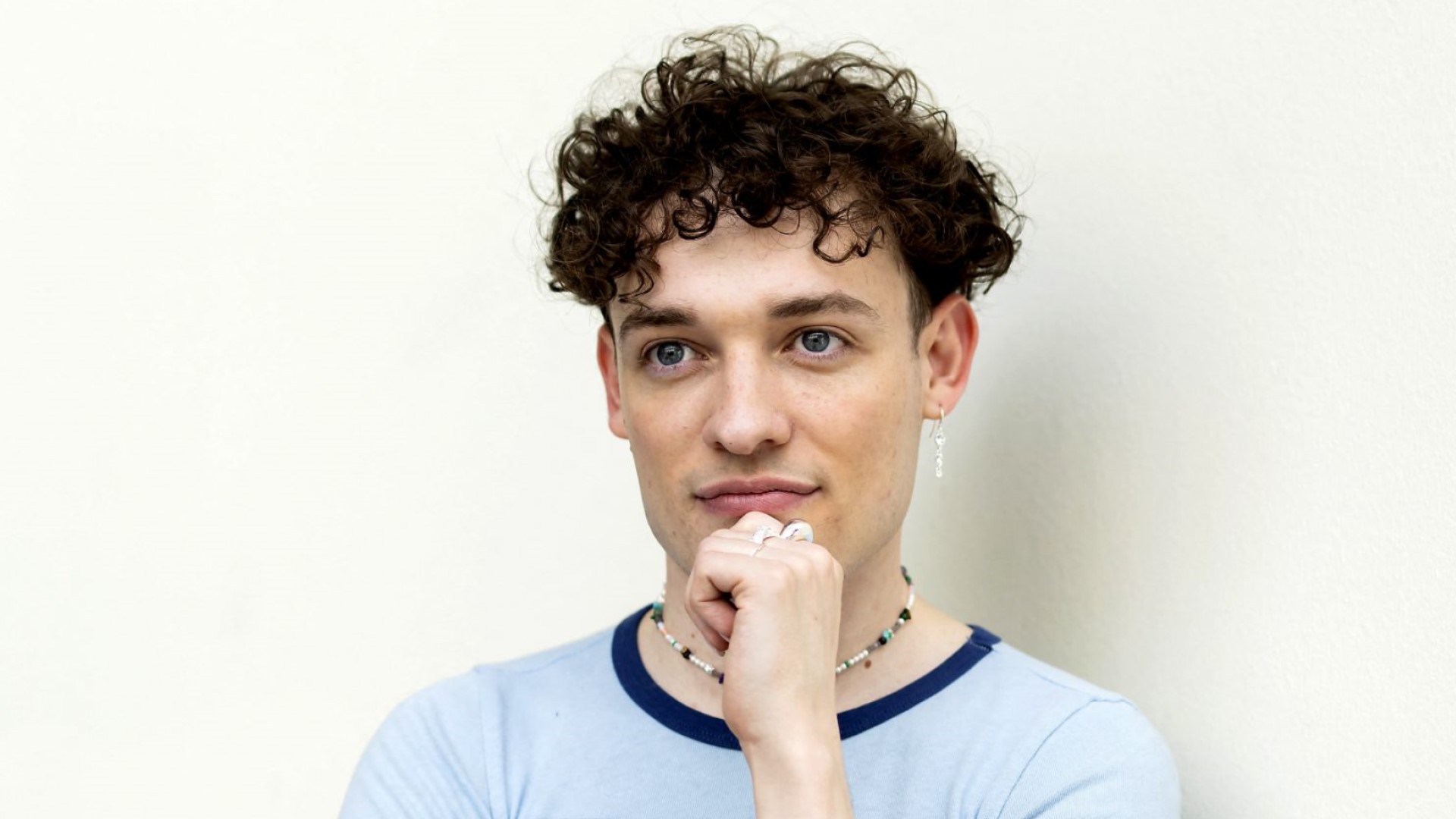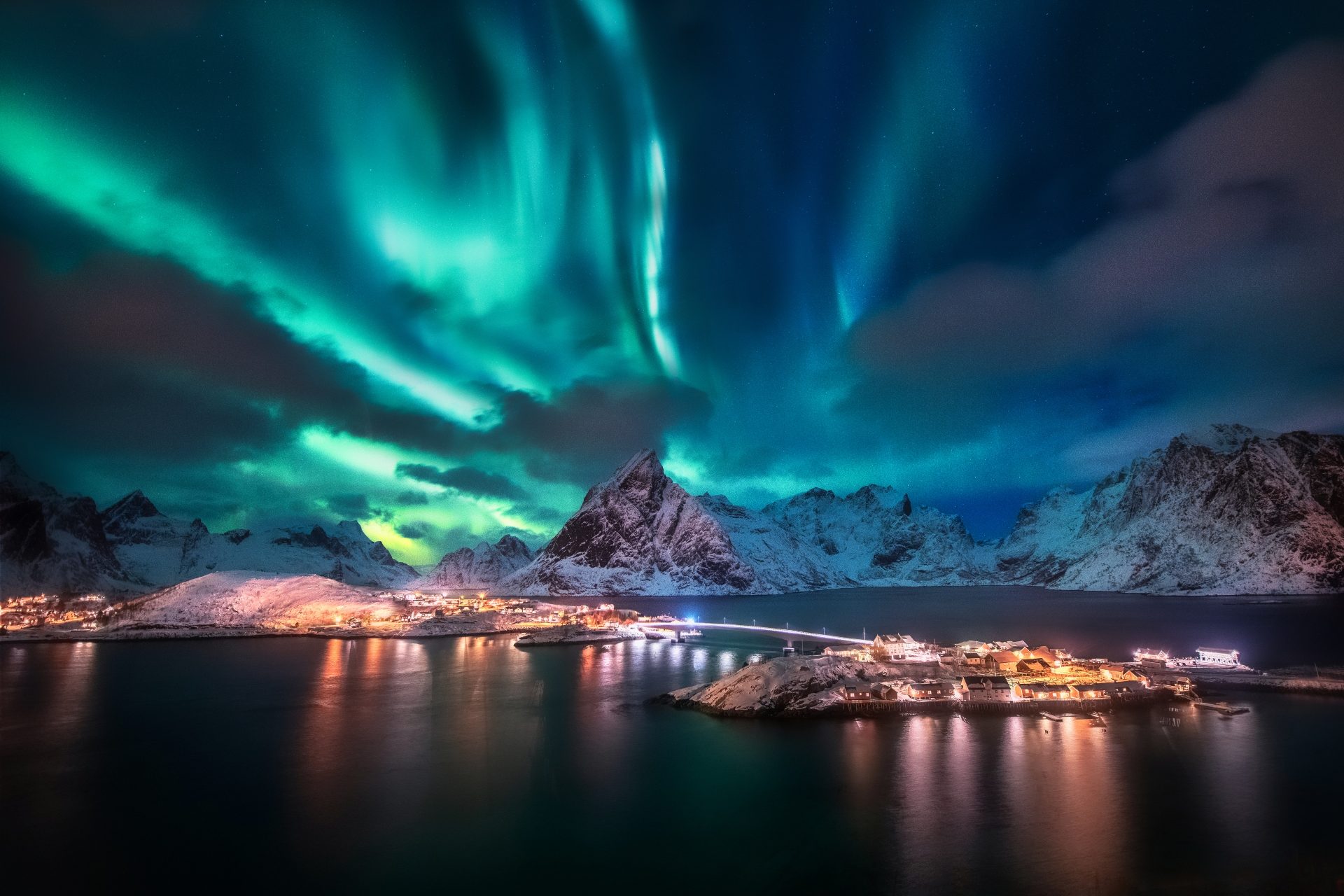Things you didn't know about Santa Claus
Santa Claus is a both a deeply mysterious character and everybody's friend. What do we actually know about him? Where does Father Christmas come from?
Santa Claus is a man we know from European culture, who was then brought to the United States and beyond. He is basically a bishop with the name of Nicholas. In fact, he was declared a holy person by the Catholic church, and that's why people call him Saint Nick.
Over the course of centuries, northern European countries such as Germany, France and The Netherlands have combined the story of Saint Nicholas with local pagan mythology.
In Germany, as you can see here, the bishop roams the land with angels and 'demons' by his side. The latter are called Krampus. Dressed in straw and animal skins with black make-up or masks on their faces, they go door-to-door with Saint Nicholas and bring good luck to virtuous people and punishment to naughty and lazy people.
Considering he is very popular in northern countries, you'd assume that Saint Nicholas originally came from a land of snow and reindeer. But nothing is further from the truth!
Saint Nicholas is actually from the ancient city of Patara on the Lycian coast in present-day Turkey. Yes, he's Turkish man! The Nicholas we've all come to know as Santa was born about 16 centuries ago.
Santa Claus is Bishop Nicholas of Myra who lived in the 4th century. However, there is also an abbot Nicholas of Zion who lived in the same region about 200 years later. Over the years, the two Nicholases have probably merged in the people's memory and become one character: Saint Nicholas.
Nicholas of Myra was born into a wealthy family in the port city of Patara. When his parents died, he inherited a fortune and decided to distribute the money among the poor, the sick and the needy. This is the reason why Santa Claus is known as a generous man.
(Image: 'Myra's Saint Nicholas Hands Out Gifts' by Joseph Fratrel. Collection: Städel Museum Frankfurt am Main, CC BY-SA 4.0)
According to tradition, Santa Claus is not only a benefactor for children. He is also said to have helped three virgins to get married. The Saint allegedly gave three golden apples to their poor father so that he could use them as a dowry for his daughters.
(Image: Friedrichsen/Wikimedia: A panel from an altar dedicated to Nicholas of Myra in the Church of St. Mariae in Mühlhausen, Germany)
Bishop Nicholas died between 345 and 351, and it probably happened on December 6. For that reason, Christian cultures have celebrated the saint's day on December 6. The tradition started in the Middle Ages and centered mostly on children and students, because Santa is their patron saint.
In the past it was common for children to craft paper boats so that Saint Nicholas could put his presents in them. The reason for this tradition was that the Saint is a patron saint of seafarers. According to one of the legends, he saved a group of castaways from a storm.
When European emigrants, especially the Dutch, moved to the present-day United States, they took their Saint Nicholas traditions with them. In The Netherlands, the bishop is referred to as 'Sinterklaas' - which is very similar to 'Santa Claus.'
Over time, Sinterklaas became Santa Claus. People in the American colonies combined the European tradition of the Saint Nicholas children's feast with the celebration of Christmas on December 24th. The Saint started to bring his presents on Christmas Eve rather than on his traditional holy day, December 6.
Did you know that an advertiser styled Santa the way we know him today? He got his typical red coat and hood with fur lining thanks to a Coca Cola advertising campaign in 1931. The idea that Santa would travel by reindeer sleigh also came from the US.
In Europe, the Saint still looks as a bishop. His holy day is celebrated by Germans, Austrians, French, Swiss, Luxembourgers, Belgians and Dutch. By the time Christmas arrives, they have all had their visits of Santa behind them, because all these countries celebrate the holiday on December 6.
The Germans are very inventive. When the coronavirus pandemic made it impossible for people to get together in early December, the German village of Rettenberg came up with a way to hand out presents despite the lockdown: a Nikolaus drive-in.
This village with just over 1000 inhabitants is located near Oldenburg in Germany. Every year the residents answer the mail of many children to Saint Nicholas.
(Photo: Corradox/Wikimedia)
The Saint Nicholas tradition is also alive and well in Luxembourg. Children do not have to go to school and can enjoy the gifts that 'Kleeschen' brings them all day long. It is customary to leave something for Saint Nicholas as well: a plate of biscuits and some hay for his horse.
In Romania, Moş Nicolae sticks a branch of the apple tree in the shoe of naughty children. If you put this branch in the water and it starts to bloom by Christmas, Moş Nicolae has forgiven them.
The Swiss call him Samichlaus. His servant Ruprecht threatens to put naughty children in his pocket, just like Krampus in Germany.
The Dutch have the old-fashioned bishop arriving by boat in one of The Netherlands' many waters. Curiously, the Dutch Saint Nick has a team of black servants: the Black Petes. Their depiction, by white people in blackface, has become very controversial over time.
The character of Black Pete, which exists only in The Netherlands and Belgium, appeared by Sinterklaas' side in the mid-19th century. It was inspired by the Krampus of neighboring country Germany, who punished the naughty kids while Santa rewarded the nice ones, and by the black servants that Dutch people still had in their colonies at that time.
(Image: one of the first depictions of Black Pete, in the book 'Sint Nicholas and his Servant', around 1850. Before that book, historians claim, the character did not exist in Dutch culture. Source: NOS)
Anti-racism activists have stressed the problem of the black-painted servants for Dutch culture and race equality. In more and more cities, Saint Nicholas now arrives with different-colored Petes instead the traditional black figures.
And what's more, to represent Dutch people of color, the city of Amsterdam has welcomed 'The New Saint' for a few years now. According to actor Patrick Mathurin (in this photo), Nicholas is a saint for everyone who can take all kinds of guises.
Since Nicholas was from the Near East, it's likely that he was not as light-skinned as most people nowadays make him out to be. Researchers have estimated that Nicholas probably looked something like the man on this 16th-century Russian icon.
(Image: Het Parool)
Either way, whether we call the man Nicholas, Moş Nicolae or Santa Claus, this year we will probably see him wearing a safety mask.



































